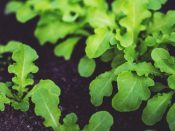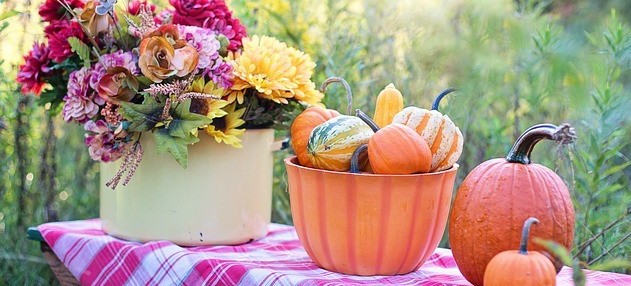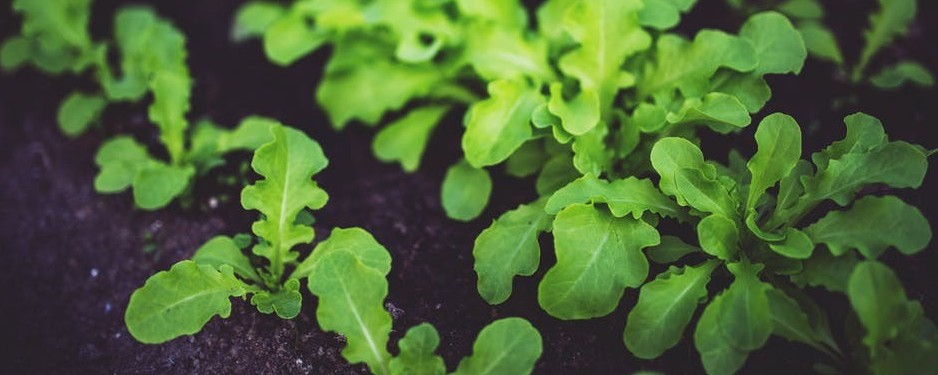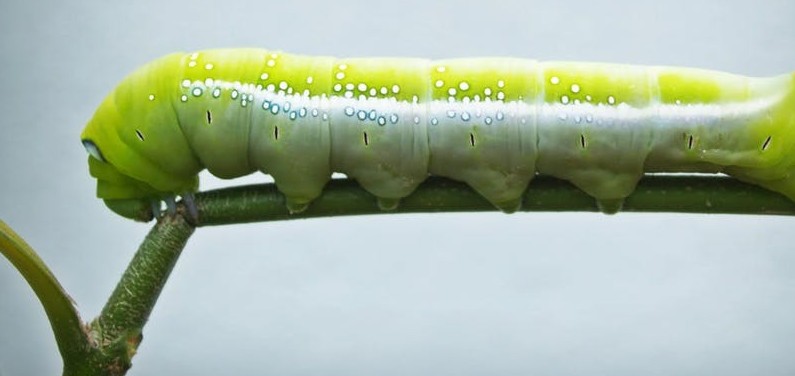
Cool Season Vegetables

It’s fall and it’s time to get those cool season vegetable going. There are ten steps you can follow for a successful vegetable garden. Here in the desert southwest of Arizona it’s a challenge for amateur growers and seasonal gardener. We live in Yuma and it’s the city of agriculture. Yuma is known for the production of lettuce supplying the nation’s 90% green leafy vegetables between November and March. Let’s see what vegetables do you plant in fall?
Our cool season vegetables include beet, broccoli, cabbage, carrot, lettuce, onion, pea, potato, radish, spinach and turnip. These are frost hardy for Yuma area and they can germinate in cold weather.
Location, Location, Location
Step 1. Like I said before always find a great area where there is plenty of bright morning sunlight. We wouldn’t worry about the afternoon sun rays anymore. Fall here is pretty cool. Summer season is where we should worry about afternoon shade.
If you have big shrubs or huge trees and decides to use that as shades in the afternoon. Make sure it’s at lease six feet away from your vegetable garden because the big roots and older foliage will rob the fertility and water away from your vegetables.
Prepare your area, good loose soil maybe you can use perlite as mixture if it’s clay dirt and it’s too sandy, purchase some gardens soil. That works great especially on raised garden beds.
Your Garden Layout
Step 2. Planning ahead before you transplant or seed will lessen the headache of – why did I plant those there, when I can plan those here, where it’s more room or closer to my reach. Then plant only why your family wants to eat. Planting vegetables that no one likes to eat would be a waste of energy and time. Unless you are like me just grow vegetables to eat and give away.
Plan on what the spacing between your vegetables. Giving them room for growth will make your plants grow bigger and wider instead of seeding too fast. Crowded plants makes seeds faster because they can’t grow.
Grow What is Recommended for Your County or Experience
Step 3. Okay now you have been growing the same thing over and over again and it grew well and you have excellent harvest – keep to that, it’s also a good idea to try to grow one or two different variety every year to see if it will thrive along the old vegetable. It’s also an excellent idea to keep a journal of what you planted. Next years fall arrive you know what you’re going to plant.
Prepare and Care for the Soil Properly
Step 4. The soil must be loose and full or organic goodness. Mulching is one way. Purchasing organic soil with good organic fertilizer in it. It should contain nitrogen and phosphorus. It should also be applied before seeding or transplanting a week prior. Using store bought manure is also an excellent way to prep your soil however, it should be done 2 months before planting. So yes, plan ahead.
Magic Time
Step 5. Obtain good supplies, equipments, plants, and seeds. It always helps to have good quality tools handy when prepping your soil for seeding or transplanting. For you gardener out there you might have your own seeds from the last crop. You know where your seeds are coming from.
For the beginners purchase organic seeds. You can purchase them at your local nursery or search on line for organic non-GMO seeds.
Make sure all your tools like a hoe, spade, garden rake, trowel, tape measure and plant strings are good and handy to use. Plus keeping them clean and ready is also a superb way to start the magic.

Space Your Vegetables properly
Step 6. This is where you can transplant or seed. Transplanted plants you will harvest faster than seeding. Chose what you want to do. Some transplant does not do well. I transplanted my giant Asian chilly pepper last week when I bought it at the local nursery and now it’s all dried up. It’s so sad. I wanted to see what pepper it’s going to produce.
On the bright side my habanero peppers is doing very well. No… I take that back one of them out of six wilted on top but there are new shoots growing from the bottom so it’s safe to say it’ll do just fine.
I seeded beans, cucumbers, onions, cilantro, and mustard green. They seem to be doing very well. There are also some that can be started from seeds but they are not the right season for it. They are pumpkin, sweet corn, squash, and watermelon. Maybe I might try squash this year.
Watering with Care
Step 7. Irrigating is the key to healthy vegetables and also the demise of some plants that hates wet roots. They can rot and there goes some expensive transplanted vegetables. When watering your vegetables be careful. If you’re seeding use misting and gentle spray from afar.
Transplanted vegetables will also need to be spray from afar to until they are stable. Unless you use a drip systems like I do. Then you don’t have to worry about over watering and splashing.
Fun Part
Step 8. Weed control is a pain in the – you know where but they are there and there’s nothing you can do to completely get rid of them. Put your gloves on to see who wins. I think you’ll do just fine. Anything you did not put into your vegetable garden is a weed.
Mulching is to keep moisture and protect your vegetables. Cultivate as soon as the weeds starts to show their ugly heads. The sooner the better.
Stay away from chemical herbicides.
Bugs and Creepy Crawlies, Eww…

Step 9. I hate this step the most. Eww… especially horn worms, yikes! Be prepared for pests and problems. Planting too late into spring or too early in the fall – the temperatures rising and falling more pest will occur. Especially snails and slugs loves it when you water at night. They love the wet moist area so they can breed. Lol lovely picture ain’t it?
Okay so yeah you’re wondering why I hate these things so much why be a gardener or why have a huge picture of a caterpillar? Will that’s because I wrote first then add pictures later. Hehehe. Well I love to see mother-nature at work and see things grow.
Eating time
Step 10. Harvesting your vegetables at its’s peak for quality freshness. Most vegetables are at it’s peak for only a short time only so you must harvest when it’s young and pretty. If you pick your vegetables too soon the taste will not improve and if picked too late then it’s too hard and lack the taste and texture.
Learning the right time to harvest your kind of vegetables at the proper time will make your cooking an excellent dish.
Conclusion
I have tried numerous time to get it just right and it’s never just right. So guys and gals what vegetables do you plant in Fall? You know what they say, “Practice makes perfect.” I don’t know who said it.
I hope that this help out it little. If you have any comment or ideas leave them on my comment section and I’ll get back to you as soon as I can. Thanks for stopping by.
References
http://fillyourplate.org/blog/8-ways-eat-healthy-arizona-style/yuma-lettuce-capital/